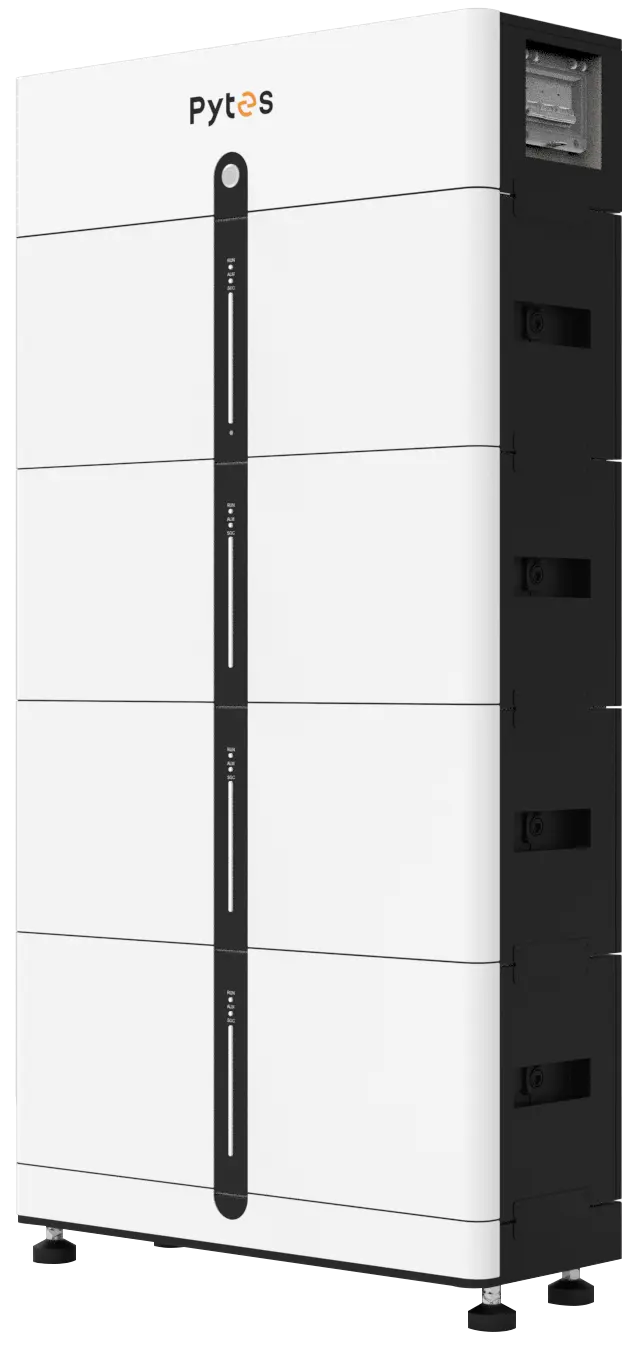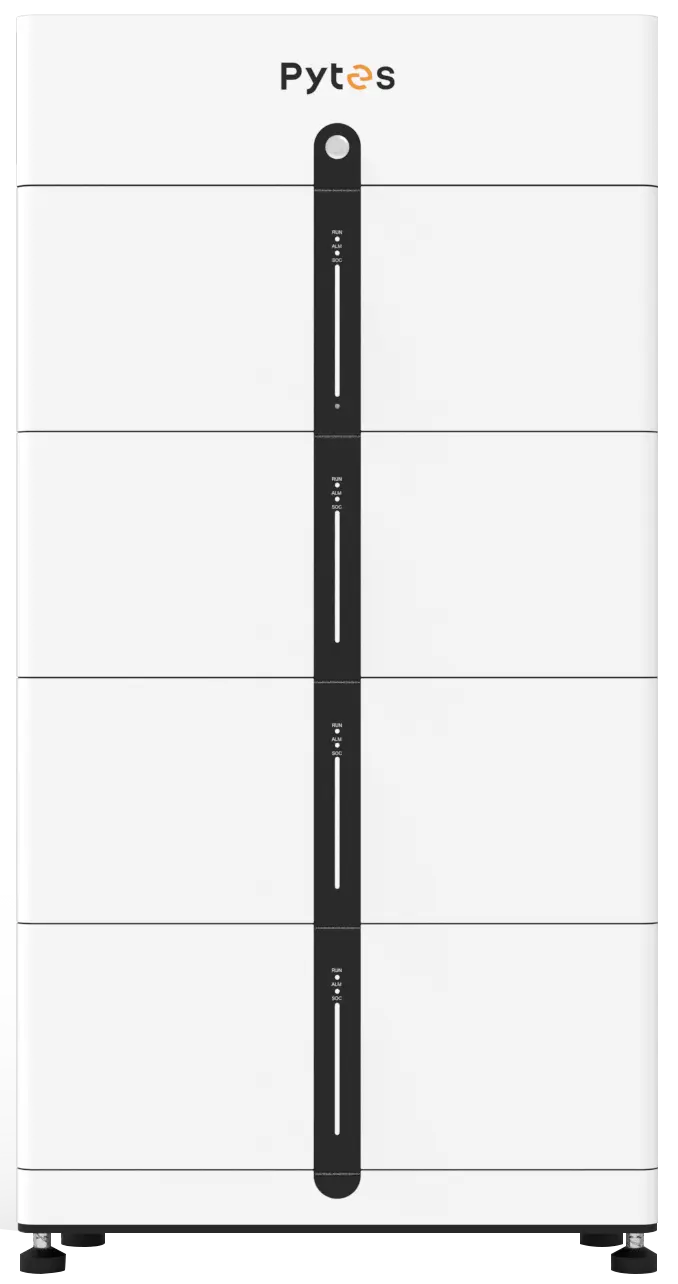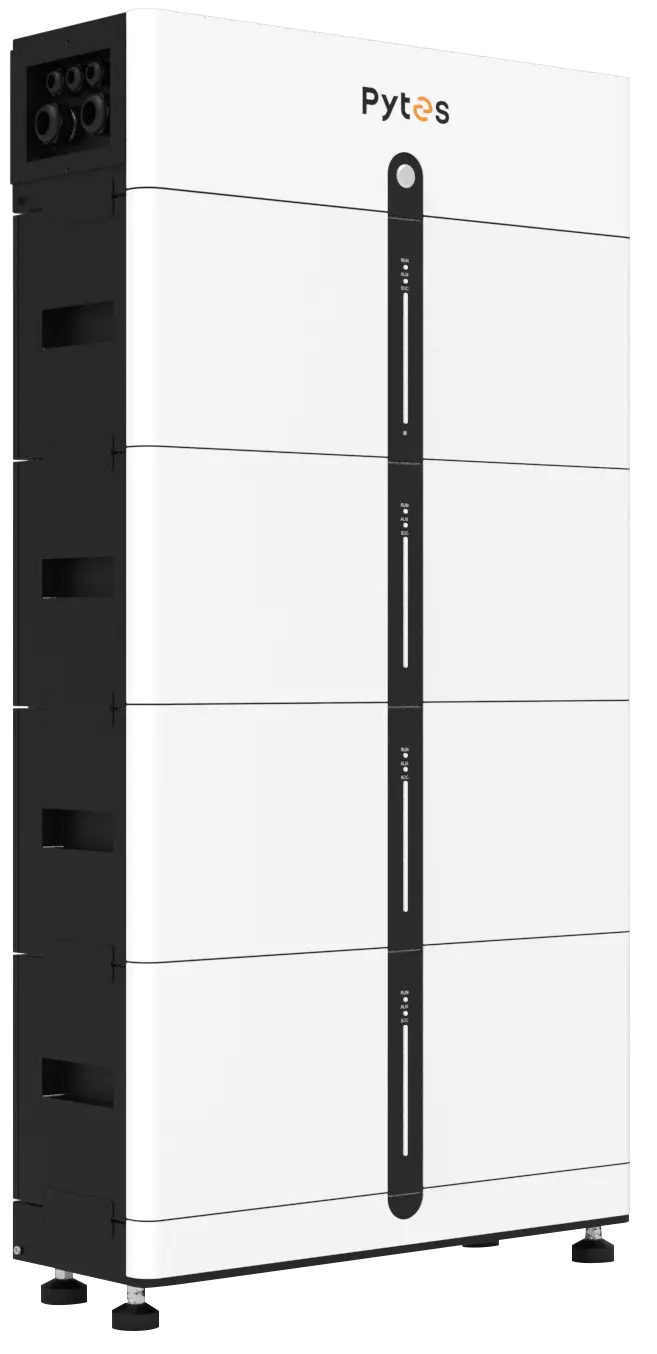Electric vehicles (EVs) have gained popularity in recent years due to their environmental benefits and potential to reduce reliance on fossil fuels. A key component that determines the efficiency and performance of an EV is the battery system. Stacked LV (low voltage) battery systems offer numerous advantages over traditional battery configurations. In this article, we will look at the benefits of stacked LV battery systems in electric vehicles.
I. Enhanced Range and Energy Efficiency
One of the main advantages of a stacked low-voltage battery system is its higher energy density. By stacking multiple battery cells together, the system can store more energy in a compact space.
In addition, a stacked low-voltage battery system optimizes space utilization within the vehicle. By effectively utilizing the available space, manufacturers can install larger battery packs without compromising the vehicle's design or passenger space. This optimal space utilization contributes to improved energy efficiency, as more energy can be stored and effectively utilized.
II. Improved Power and Performance
Stacked low voltage battery systems offer higher power output compared to traditional battery configurations. The ability to stack multiple batteries together increases power output, enabling electric vehicles to accelerate faster and perform better on the road. This power output enhances the overall driving experience, making electric vehicles more comparable to internal combustion engine vehicles.
In addition, stacked low voltage battery systems typically have faster charging capabilities. With advances in charging infrastructure, electric vehicle owners can fully charge their vehicles in a shorter time.
III. Enhanced Safety Features
Safety is a paramount concern when it comes to electric vehicles. Stacked LV battery systems address safety concerns by reducing the risk of fire incidents. By dividing the battery pack into smaller modules, the impact of a single cell failure is minimized. In the event of a malfunction or thermal runaway in one cell, the surrounding cells remain unaffected, reducing the risk of a catastrophic failure.
Furthermore, stacked LV battery systems incorporate improved thermal management systems. These systems actively monitor and regulate the temperature of the battery cells, preventing overheating and ensuring optimal performance. By maintaining the battery cells within a safe temperature range, the risk of thermal runaway is significantly reduced.

IV. Enhanced Driving Experience
Stacked LV battery systems contribute to an enhanced driving experience in several ways. Firstly, these systems reduce the overall weight of the vehicle. By utilizing lightweight materials and optimizing the battery pack's design, EV manufacturers can achieve a better power-to-weight ratio, resulting in improved handling and stability.
Additionally, stacked LV battery systems operate more quietly and provide a smoother ride compared to traditional battery configurations. The absence of internal combustion engines and the refined design of these battery systems contribute to a quieter driving experience, reducing noise pollution and enhancing comfort for both the driver and passengers.
V. Cost-Effectiveness and Sustainability
Stacked LV battery systems offer cost-effectiveness and sustainability benefits. Firstly, these battery systems have a longer lifespan compared to traditional configurations. The improved thermal management and optimized cell design result in reduced degradation over time, allowing the battery to retain its capacity for a more extended period. This longer lifespan translates into reduced maintenance costs for EV owners.
Moreover, stacked LV battery systems contribute to environmental sustainability. By reducing dependence on fossil fuels, electric vehicles powered by these battery systems help reduce greenhouse gas emissions and combat climate change. Additionally, the recyclability of the battery components ensures that the materials can be repurposed, minimizing waste and promoting a circular economy.
VI. Electric Vehicle (EV) Battery Solution: Pytes Pi LV1
The Pytes Pi LV1 is a stacked battery developed and produced by solar cell manufacturer Pytes. This battery storage system is designed with non-hazardous LFP batteries, robust construction and extensively tested to UL9540A to ensure a higher level of safety and protection.
1. Compact and easy to install
The compact design of the Pytes Pi LV1 is a major design highlight, especially for homes with limited installation space. Its small footprint makes it easy to install, even in confined areas.
2. Plug-and-play installation
The Pytes Pi LV1 features quick connectors and a plug-and-play design that eliminates the need for manual wiring. This simplified installation process reduces setup time to just 15 minutes.
3. On-demand Expansion
The modular design of the Pytes Pi LV1 allows for flexible configurations based on the user's needs. With a capacity range of 10.24 to 30.72 kWh per bank, the Pi LV1 provides a versatile and scalable energy storage solution. The Pi LV1 is capable of scaling up the total capacity of the system up to 122.88 kWh, ensuring that homeowners have enough storage to meet their energy needs. The Pi LV1 is also available in a range of capacities from 10.24 to 30.72 kWh.
4. Intelligent monitoring and upgrading
The Pi LV1 is equipped with Pytes' dedicated Smart Monitor that monitors operation in real time, making it easy for homeowners to keep track of their energy storage system. In addition, the smart monitor supports remote upgrades, ensuring that homeowners can benefit from the latest advances in battery technology.

Conclusion
In conclusion, stacked LV battery systems offer a wide range of advantages for electric vehicles, including increased energy storage capacity, enhanced power output, improved efficiency, modular design, and enhanced safety features. As EV technology continues to evolve, stacked LV battery systems are poised to play a crucial role in driving the industry forward and making electric vehicles a more viable and sustainable transportation option.
The Advantages of Stacked LV Battery System for Energy Storage















